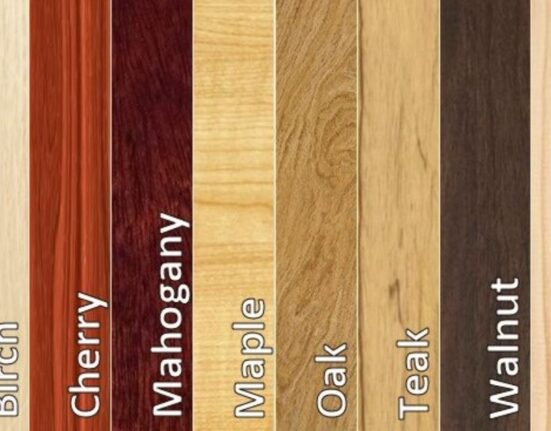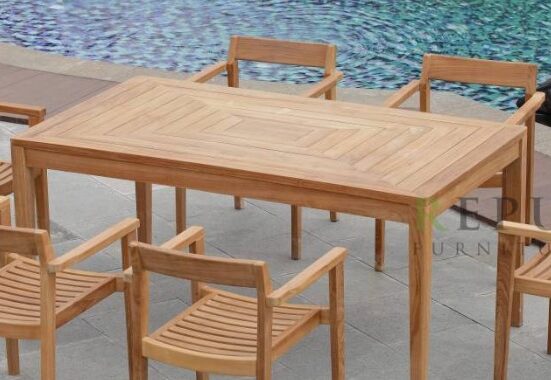jepara furniture – Which wood gets harder with age? Yellow pine and Douglas fir are popular wood species that gain more hardness as they age. Carpenters use these two wood species for flooring, furniture, etc. Wood species have different levels of hardness. Experts use the Janka rating to measure wood’s hardness. However, the result of this measurement may change several years later because some woods become harder as they age. Which wood gets harder with age?
It is a popular belief that older wood has higher hardness levels than the new one. Many people have this opinion because when they find their old wood furniture is harder than new wood furniture when trying to repair the former.
Which Wood Gets Harder with Age?
Does wood get harder as it ages? Many people believe wood has a higher hardness level over time. Old wood gains more hardness because it loses its moisture content as it ages. Lack of moisture causes the wood cells to shrink and become denser.
Consequently, the wood has a higher hardness level than before. However, the hardness level on older wood may not increase much due to the environment. Wood that is always in a dry place has more chances to gain more hardness levels.
However, wood in a humid and damp environment may not get harder. In addition, different wood species have varied hygroscopicity or the ability to absorb or adsorb moisture.
Wood with a low ability to absorb moisture will have a higher hardness level as it ages. There are at least two wood species that gain more hardness with age.
Other Articles : What Happens to Wood With Age?: Changes in Aging Wood Furniture
-
Yellow Pine
Several references said yellow pain will gain more hardness over time. Yellow pine is a highly stiff softwood. This wood species has many great qualities. Some of these qualities are high density, superb compressive strength, and excellent durability.
These qualities make yellow pine a popular wood species for various woodworking projects, such as furniture, window frames, flooring, and paneling. Yellow pine also has a decent hardness level. Its Janka rating is between 690 and 870, depending on the variety.
As yellow pine ages, it will have a higher hardness level. However, this wood will not gain much increase in its hardness level.
Moreover, the increased hardness may take years to occur. In addition, various factors, such as staining, climate, and exposure to the elements, also affect this phenomenon.
-
Douglas Fir
Douglas fir is almost similar to yellow pine. It is a softwood harvested from conifer trees. Moreover, Douglas fir has decent hardness and durability. Its Janka hardness rating is 660. Therefore, this softwood is softer and easier to work with than yellow pine.
Consequently, many carpenters prefer Douglas fir to yellow pine in their woodworking projects. They use this wood for constructing furniture, flooring, decking, and window frames.
Douglas fir will also gain more hardness levels as it ages. There is a possibility that this wood will gain a significant level of hardness than yellow pine does. This is because Douglas fir has a lower ability to absorb moisture.
Old-Growth Wood’s Strength vs New-Growth Wood’s Strength
Older wood furniture may be harder than new wood furniture because the former comes from old-growth wood. Is old growth wood stronger? Yes, it is. Old-growth wood has a denser grain due to a slow-growing process. Meanwhile, new-growth wood tends to have a wider grain.
Consequently, wood on older furniture may have higher hardness levels than the new one because it is old-growth wood, not due to aging. In conclusion, not all wood pieces get significantly harder with age.
Which wood gets harder with age? Yellow Pine and Douglas fir gain higher hardness levels as they age. You can visit https://republicfurnitures.com/blog/contact-us if you need strong hardwood furniture. Republic Furniture only uses high-quality wood to make their products.





Leave feedback about this